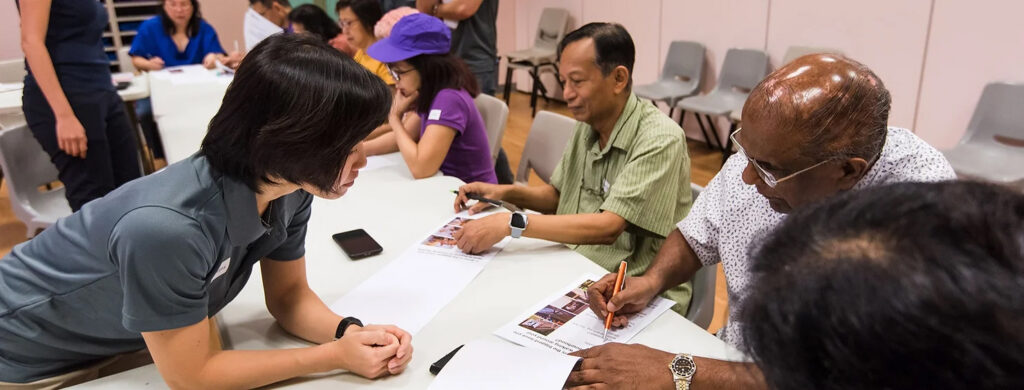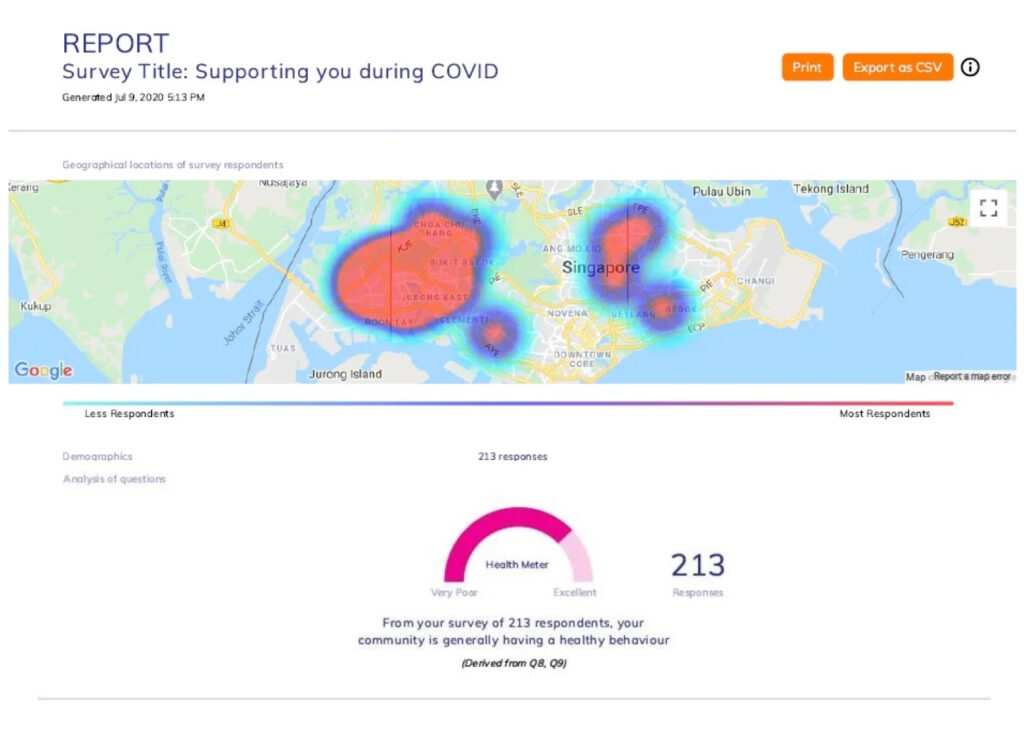How might we harness the energy of social movements for the betterment of health? Two of MOHT’s project leads share their thoughts on observations of social movements during and beyond COVID-19, and the various tools and platforms created to enable such social movements.

Hoarding supplies like rice and toilet paper and mobilising to distribute hand sanitisers might seem like disparate activities, but both are fuelled by the power of movements. Movements, by virtue of their decentralised and ground-up nature, have the potential to engender long-lasting change. So, how might we harness the energy of movements for the betterment of health?
Greg Satell explains that movements start with small, loosely connected groups that are united by a shared purpose¹. Because movements are powered by people and their networks, they respond directly to the needs of communities and can accelerate system-level change. Institutions have important roles to play too – in being agile and responsive, and engaging actively to help create better and coordinated ground-up efforts.
To harness the energy of movements, we can learn from the accumulated knowledge behind community organising². Several local organisations have long been working in this space, such as Beyond Social Services and Kampung Wellness. By leveraging on the strengths and networks of communities, ground-up movements can drive sustainable behaviour change and create new social norms for a healthy community.
MOHT has been looking into understanding these movements and how they spread, in order to better engage the opportunities and challenges presented by crises such as the ongoing COVID-19 pandemic.
A recent example of seizing opportunity was the ground-up idea of creating an exercise video by a community group in Jurong, in partnership with local authorities and resource providers. The widespread suspension of mass exercise sessions meant that many seniors and adults were no longer exercising regularly. A group of Healthy Precinct Transformation Committee volunteers, facilitated by MOHT, was able to quickly identify this, through their keen awareness of immediate community needs.
United by the purpose of meeting the community’s needs of maintaining a healthy lifestyle, the volunteers activated their networks to create the video, which encouraged and taught residents to keep up an active lifestyle during this pandemic. Instead of focusing on fear-driven behaviours, little acts of community good can be amplified and harnessed to drive healthier coping behaviours.
With institutional support to catalyse ground-up movements, enablers such as the Digital Engagement Tool (DET) has been piloted to empower community leaders in Jurong to gain deeper insights of their community’s sentiments and state of health. The DET, currently in development as part of the inter-agency HealthySG Taskforce, is a valuable example of how ground-up movements can be sparked through the identification of community’s needs.

Beyond this period of crisis, activated communities are emerging and there is much to discover about people-powered movements to drive transformational change. Our health and wellbeing is largely shaped by what happens in our daily lives – right at the heart of community living. The Movements for Health initiative seeks to further explore people-centred approaches and deepen our understanding of how to build on collective energy to bring about healthy and resilient communities.
We believe this process can be effectively applied to health, to bring about building of health movements through the creation of an enabled community ecosystem and cultivation of community movement builders. In essence, collective human actions, when harnessed positively, can generate great momentum and bring about intrinsic, sustainable and impactful behaviour change for the betterment of health in communities.
References:
[1] Satell, G. (2019). Cascades: How to Create a Movement that Drives Transformational Change.
[2] Lim C, Lim I, Chern S-jye (2019). Building enabled communities in Singapore. International Journal of Integrated Care.
 | Moira Png is the acting project lead for the Movements for Health initiative. Trained in Public Health and Life Sciences, Moira started pursuing her interest in community health as a founding member of the NUS Public Health Interest Group. In her free time, she enjoys exploring her creativity though videography and craft-making. |
 | Manish Nair was a member of the Movements for Health initiative in MOHT, before entrusting the project to Moira’s care and dedication. Manish is excited about community-based approaches to health, and strongly believes that good health goes beyond absence of disease. His other interests include end-of-life issues, the philosophy of free will, and exercise. |